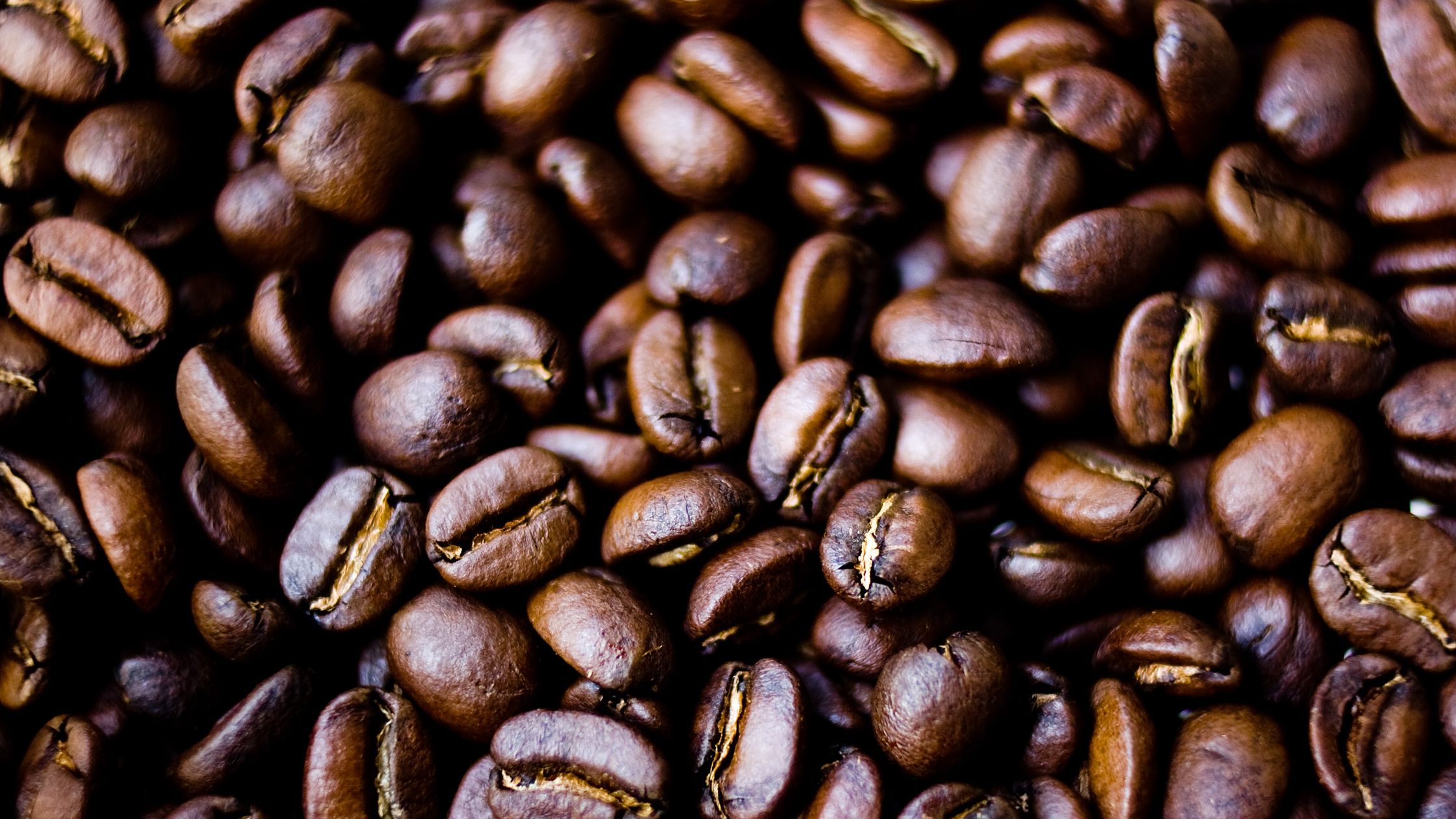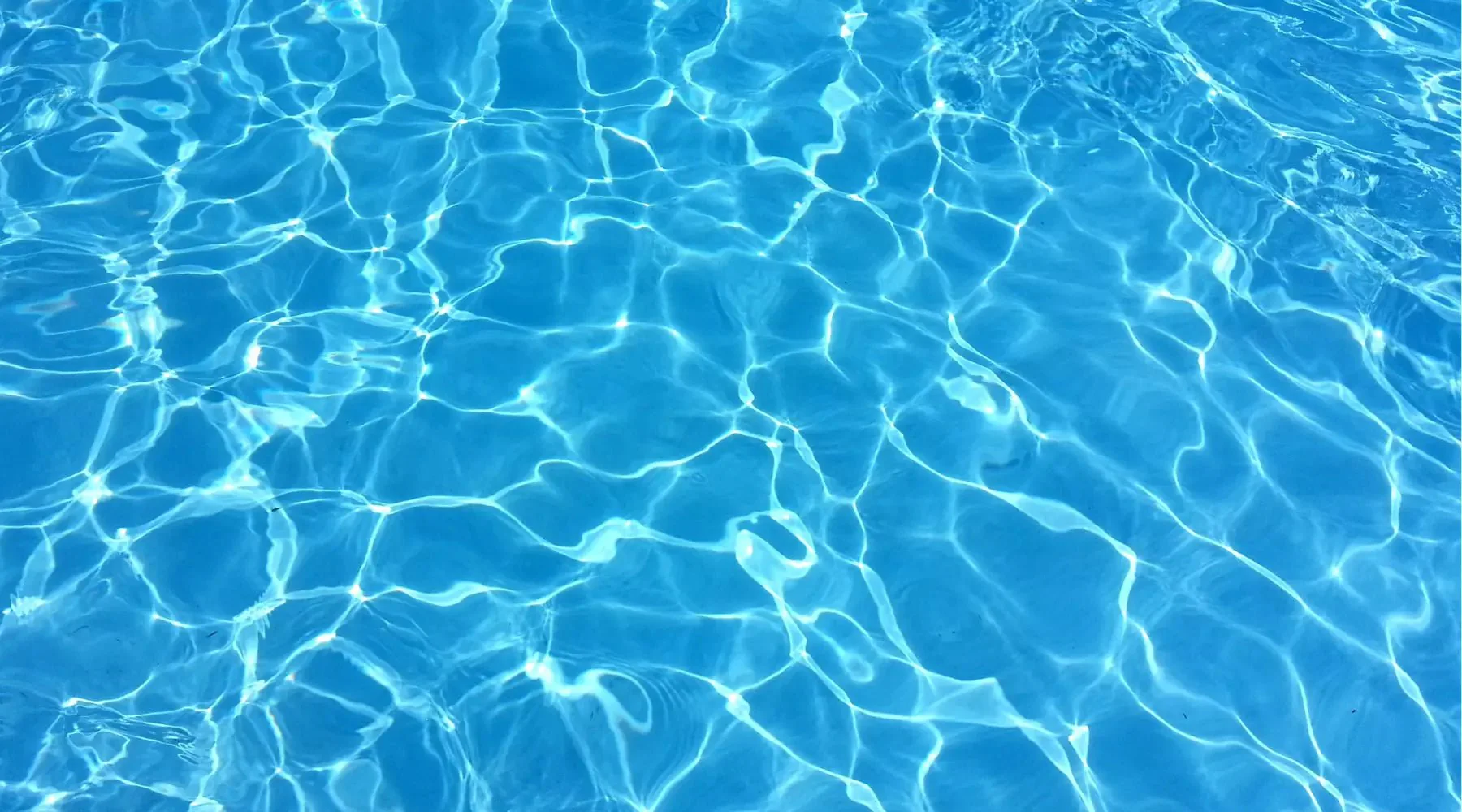- Beans: Sulawesi Toraja (Sapan Minanga Grade 1)
- Roaster: Gracefully Coffee Roasters (Baltimore, MD)
- Origin: South Sulawesi Province, Indonesia
- Roast level: Dark
- Roast date: 8/14/2025
- Purchase date: 8/28/2025 from Gracefully curbside café
Freeze date: n/a; Thaw date: n/a
First cup: 8/30/2025; Last cup: 09/07/2025 - Milling process: wet hulled; Drying process: patio and solar dried machine; Elevation: 1200 to 1300 MASL; Varietals: Catimor, S-795, Typica
- Tasting notes: Dark chocolate, molasses, cedar
- Switch with Ode grinder (1 cup):
- 22g coffee / 300g water (1:13.6)
- Ode: 4+2
- Water at 95°C
- Single Cup V60 Pourover with 60g bloom and 60g pulses – keep drain closed until end of bloom – Finishes around 02:30
I brewed 2 or 3 cups in the regular size 2 V60 at grind setting 4 initially, and they were perfectly fine, but grind 5 with the Switch (per above) seems to yield slightly smoother cups. As with most Indonesian coffees I’ve brewed, it works well with a coarser grind, and draws down quickly. Going forward, I might consider using setting 5 on the Ode as a starting point for Indonesian beans. Also, as is typical of darker roasts, it seems best at a somewhat strong ratio.
9/7: This was a tasty dark roast that produced very consistent cups. I brewed the last few cups at setting 4+2, and while it was subtle, it seemed slightly richer at that setting than at 5. I do think that using the Switch with the drain closed during bloom helps to get better extraction out of beans like this that drain down quickly.





